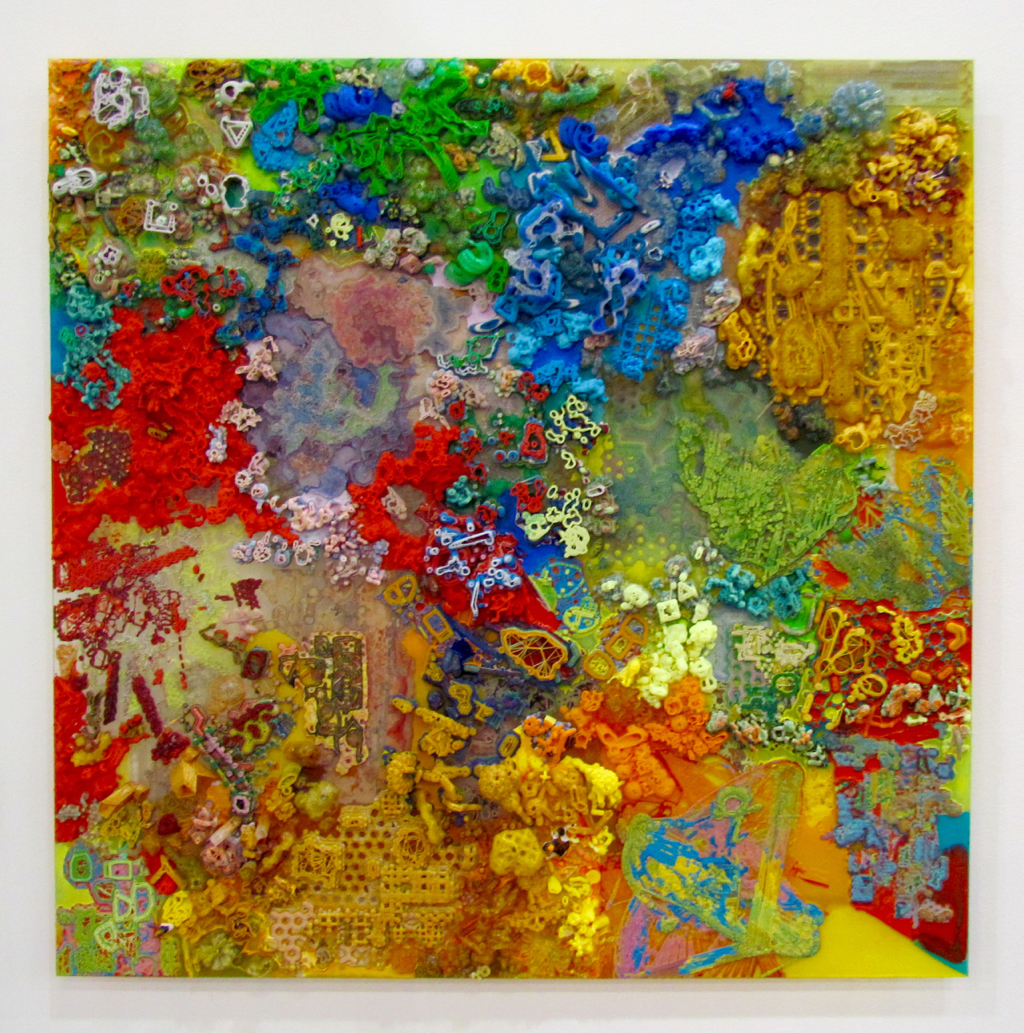
If you’re a new 3D print artist, how should you go about distributing your works? We found several alternative strategies.
With the increased public awareness and general accessibility of 3D printing, some of those skilled in 3D modeling software have begun considering marketing their unique designs. Usually the incentive is “for money”, but in some cases, artists just wish to gain publicity for their works.
But how best to go about doing so?
One of the first approaches a new 3D print artist may encounter is to “upload it to Thingiverse”, something they’ll be quickly informed about by their 3D print friends. Thingiverse, and a few other sites such as YouMagine or MyMiniFactory, offer a free repository for the public to upload – and download 3D models.
While these sites offer a huge audience there are a couple of issues for the budding artist: First, these sites can be huge. Thingiverse alone has more than one million 3D models available, making it very challenging for the artist to be noticed.
The second problem is more insidious: the uploaded files are literally the artists’ works in digital form. Should they be downloaded by someone, that someone could then do whatever they wish to the file, as there are no technical restrictions once file possession is obtained. The file could be sold elsewhere, for example, with no royalties coming to the artist. Or it could be corrupted in some manner the artist does not prefer. These sites do offer basic licensing, but unfortunately many users simply ignore them.
Our recommendation is to use the free repositories as simply a teaser site: Select a small number of artistic works that represent the artist’s style, and upload them, with full knowledge that they may be abused. However, their file descriptions should include all information about the artist and especially links to other places where the artist’s works can be found.
A second option is to deploy the artistic works to a widely known 3D print service, such as Sculpteo, Shapeways or i.Materialise. These services have large audiences of both buyers and artists, some of which will have their own virtual shops on the sites. Buyers simply select works and have them 3D printed by the service, who can offer the work in a wide variety of unusual materials. The 3D print service will take a cut of the buyer’s payment, but that’s minor compared to the exposure and traffic.
Another strategy is to link up with a “boutique” 3D print shop, such as BHold. These are essentially curated collections of very good works that offer a far easier way to locate great products than the free repositories mentioned earlier. The problem with such sites is that they don’t generate nearly the traffic that a major 3D print service might do, and in some cases they may wish to hold the works exclusively.
Some boutique shops will offer “streaming” solutions, in which the print takes place on the buyer’s 3D printer, but the model never actually is transferred to the user and thus the artist does not lose control of the intellectual property. In effect, the printer is driven remotely over the internet by these approaches, which unfortunately are not as widespread as we would like to see.
Yet another strategy is to sell the works directly via the artist’s website, as is done by artist Don Foley. Foley has gradually accumulated some very interesting 3D print products, but they are sold only on his site. While this puts the entire process under the artist’s control, there is still the problem of attracting visitors to the site.
So which approach is best? Our recommendation is quite simple: use ALL OF THEM! Artists will sell the most items if there are many possible ways to buy the products. If all of these strategies were employed, then sales potential should be maximized.

